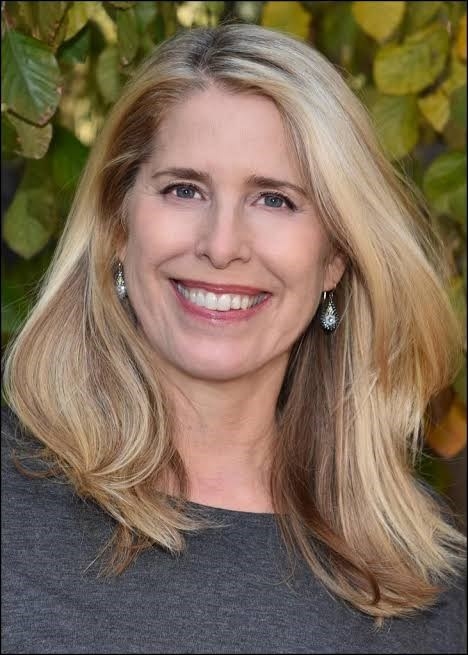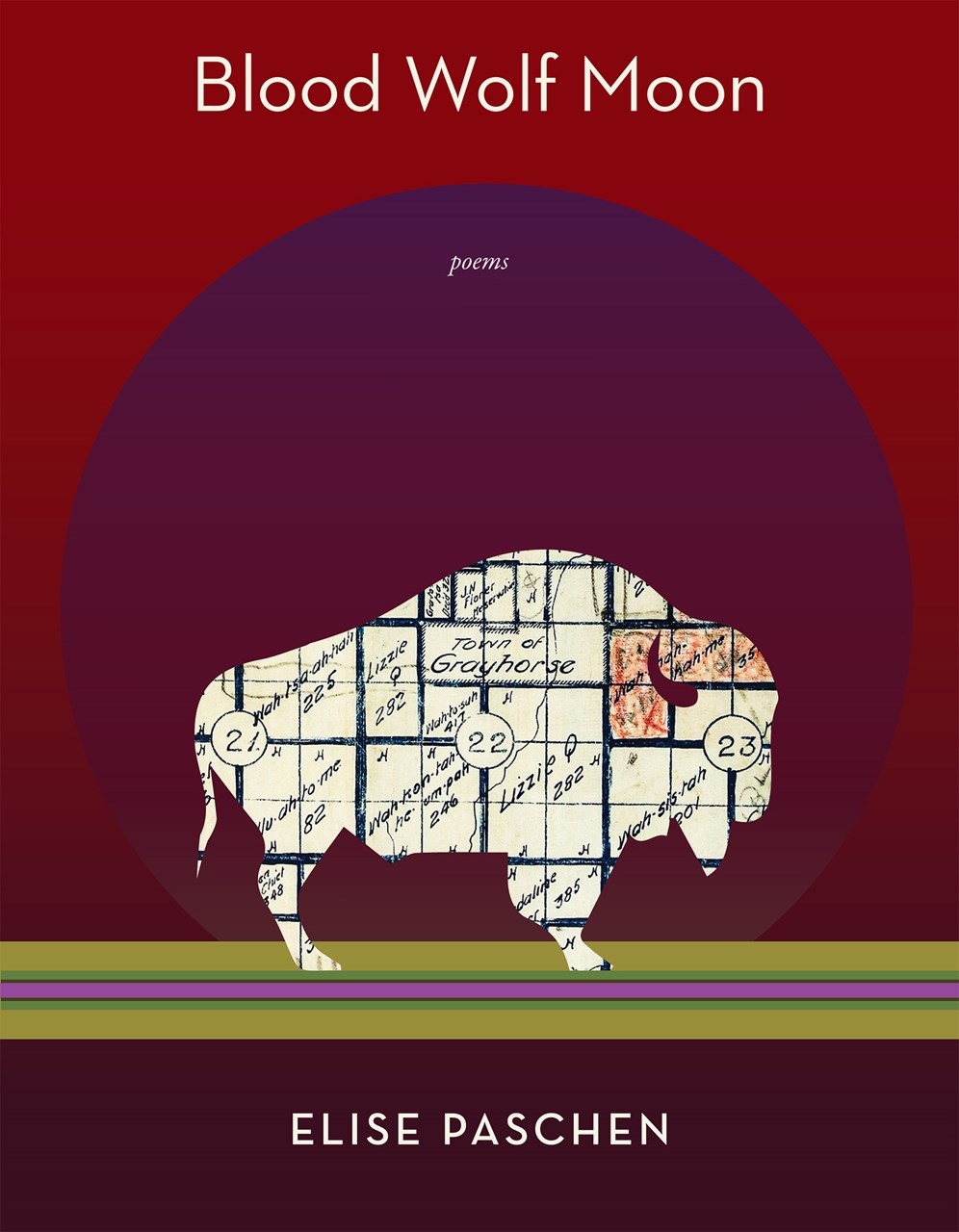Elise Paschen is a distinguished American poet and a proud member of the Osage Nation. Her work is deeply informed by her rich cultural heritage and her experiences in the literary world, where she has made significant contributions both as a poet and as an advocate for the arts.
Born into a family of remarkable talent, Paschen is the daughter of the legendary prima ballerina Maria Tallchief and Chicago contractor Henry D. Paschen. Her mother, Maria Tallchief, was the first Native American to hold the title of prima ballerina, while her father contributed to the building industry in Chicago. Growing up in Chicago, Paschen attended the Francis W. Parker School, where her love of literature began. Her Osage heritage remains an essential part of her identity, shaping the themes of her work and influencing her connection to both art and history.
Paschen attended Harvard University, where she received the esteemed Lloyd McKim Garrison Medal for poetry and served as Poetry Editor for the Harvard Advocate, one of the oldest literary magazines in the country. Following her undergraduate studies, Paschen pursued graduate work at Oxford University, earning both M.Phil. and D.Phil. degrees in 20th Century British and American Literature. During her time at Oxford, she helped to resuscitate “Oxford Poetry” which is over a hundred years old.
From 1988 to 2001, Paschen served as the Executive Director of the Poetry Society of America. In this role, she not only promoted poetry but also nurtured the careers of many emerging poets. Paschen has edited several anthologies, including the New York Times bestseller Poetry Speaks, and is the co-founder and co-editor of the popular "Poetry in Motion" program, a nationwide program that places poetry posters in subway cars and buses.
 Elise PaschenElise Paschen
Elise PaschenElise Paschen
Her own collections of poetry have earned her widespread acclaim. Her books include The Nightlife, Bestiary, Infidelities—which won the Nicholas Roerich Poetry Prize—and Houses: Coasts. Her poems have been featured in numerous prominent magazines and anthologies, such as The New Yorker, Poetry, and The Best American Poetry 2018. Her most recent book, Tallchief, released in October 2023, is a tribute to her mother, celebrating her legacy and contributions to both dance and Native American culture.
One of Paschen's poems, "Wi’-gi-e," holds a unique place in contemporary literature. This poem inspired the title of David Grann's non-fiction book Killers of the Flower Moon (2017), a chilling account of the Osage murders in the early 20th century. The poem, included in the book, became even more widely known when Killers of the Flower Moon was adapted into a 2023 film directed by Martin Scorsese.
In addition to her writing, Paschen teaches in the MFA Writing Program at the School of the Art Institute of Chicago, where she inspires students to explore the power of language and story.
Living in Chicago with her husband, Stuart Brainerd, and their two children, Paschen is powerful force in the literary world Her ability to weave together personal history, Native American identity, and universal themes has made her a vital voice in American poetry.
MY HERO interviewed Elsie about the inspirations for her work her heritage and future projects.
What is next for you?
My next book, a poetry collection, is called Blood Wolf Moon. It's being published by Red Hen Press on April 8th, 2025. The cover is designed by an Osage artist named Addie Roanhorse.
 Blood Wolf MoonElsie Paschen
Blood Wolf MoonElsie Paschen
Some of the poems have already been published, - two in The New Yorker in May 2024 and another, Killers of the Flower Moon in Poetry Magazine in November. The book begins with a long series of 14-cycle poems modeled after a crown of sonnets, but the structural paradigm is that the last line of the first poem becomes the first line of the second poem.
What was your inspiration for this book?
The whole book is a deep dive into my Osage cultural ancestry. Section three revisits the Reign of Terror inn the 1920s, when one of my great-grandmother's brothers was murdered during that time.
I drafted the poem Killers of the Flower Moon immediately after I saw the film's premiere a year ago last July. The Osage Nation hosted a premiere in Tulsa and invited Osages from across America to attend. It was wonderful. I got a chance to meet Lily Gladstone who told me that she wore my great-grandmother Eliza's blankets in three scenes.
What is your connection to the Osage Nation?
I come from a long line of Osage. As you know, my mother is celebrated as the first Osage /Native America Prima Ballerina. Her family had three children: Jerry, the oldest, followed by my mother, and then her younger sister Marjorie, who became a prima ballerina with the Paris Opera Ballet. It’s amazing that two prima ballerinas emerged from the Osage reservation, becoming known far beyond their roots.
There were also older half-siblings and one of their grandchildren reached out to me on social media and shared family photos, which included one of my great-grandmother, Eliza, with my mother as a baby, taken in the early 1960s. I hadn’t realized I’d ever met Eliza, but she figures prominently in my new book of poems.
Eliza's story is even more poignant because of the legacy of Indian boarding schools, where Native Americans were forced to abandon their languages and cultural practices. Eliza, however, primarily spoke Osage, while her son Alexander, my grandfather, only spoke English. My mother also grew up speaking only English, and as a result, many of our traditions weren’t passed down to me.
Thankfully, the Osage Nation has been working to revive the language. In 2004, they even created their own orthography—a written system of symbols for their language. Remarkably, only a few Native American nations have managed to bring their languages back in such a formalized way, and the Osage are one of them.
Do you speak Osage?
I’m currently taking two Osage Nation language classes, and many of us in the Osage community are working hard to learn the language. It’s very challenging but rewarding. In fact, a few of the poems in my new book include some Osage language. This is an incredible time for the Osage Nation, especially with the reclamation of our language. My mother was recently honored as part of the American Women’s Quarter Program, where five American women are featured each year on U.S. quarters. My mother’s quarter was released in the fall of 2023. You should double-check the exact details, but it was a significant recognition. My cousin, Dana Bear Tallchief, even designed earrings featuring the quarter, which we've been giving to friends.
Where is the Osage Community based?
Our Osage Nation Reservation is in Oklahoma, where we’ve been for 250 years. After being pushed from our ancestral lands multiple times, we finally purchased land from the Cherokees, and now we have a beautiful reservation there. I try to visit as often as I can.
Why poetry and who influenced you?
When I was eight, my parents gave me the Oxford Book of Children's Poetry, and that’s when my love for poetry truly began. I was captivated by Shakespeare and especially enchanted by William Blake’s The Tyger. That was also when I started writing my own poems. My mother helped me with my first one, which was later published in my school’s anthology when I was in second grade.
My teachers were incredibly supportive. In third grade, my teacher even displayed my poems all over the classroom walls. During high school at Francis Parker, my passion for poetry deepened under the guidance of Bill Duffy. Later, at Harvard studying literature and creative writing (?), I was taught by the poet Alan Williamson and from then on, I focused on poetry. I was also fortunate enough to take two seminars with the great Irish poet Seamus Heaney, whose influence further shaped my writing; he also taught me about drafting and redrafting my writing. He encouraged me to go to Houghton library to research Yeates manuscripts – this changed everything for me. Now I am a copious reviser.
And you are an Anthologist?
Yes my most recent anthology is called The Eloquent Poem. I talk about Seamus in the introduction – he was very influential in my modeling of workshops.
Who are your heroes?
My mother was my foremost hero and inspiration for serving a s a model for me at a very young age to see someone devoted to their art and to demonstrate her passion, her discipline and her overall dedication to her art.
Was she still dancing when you were young?
Yes she dancing until I was seven. I was a backstage baby. There is a poem in the book about me watching her dancing, Swan Lake. Watch here:
And Seamus Heaney?
Seamus was one of my great influences and inspirations. He was an incredible teacher. He encouraged and supported my work as a poet, and we remained friends until his passing. In fact, he contributed an essay about Yeats to my anthology Poetry Speaks.
To find out more go to Elise's website: https://elisepaschen.com/
Read here, Eurydice, a poem written by Elise about her mother, Maria Tallchief.
Blood Wolf Moon
In her mesmerizing sixth poetry collection, Blood Wolf Moon, Elise Paschen weaves constellations throughout, of stars and birds and light and darkness and beauty and horror and nature and humans and history, making shape and meaning of what's around us and even who we are.
Buy here: https://www.amazon.co.uk/Blood-Wolf-Moon-Elise-Paschen/dp/1636282083
Buy the Book herewww.bookshop.org
Page created on 9/26/2024 12:18:36 PM
Last edited 6/2/2025 4:40:33 PM
